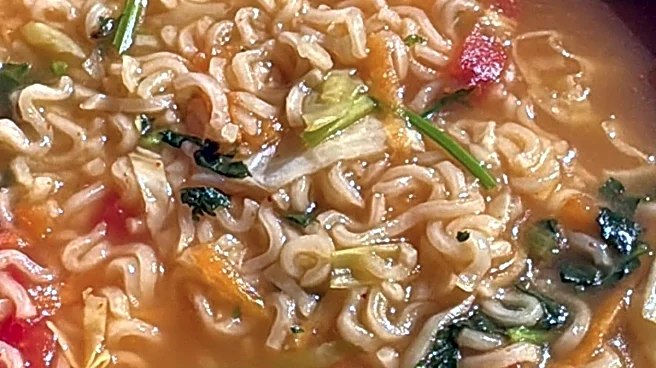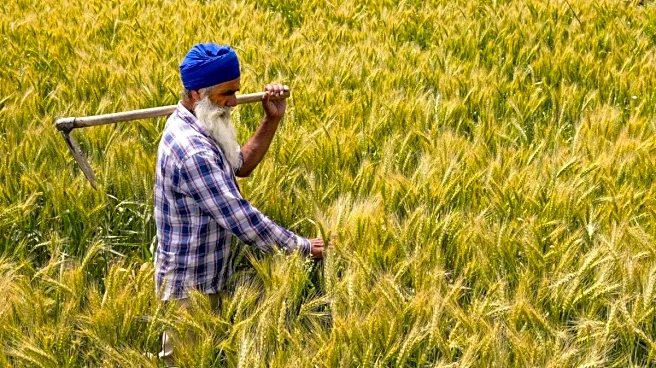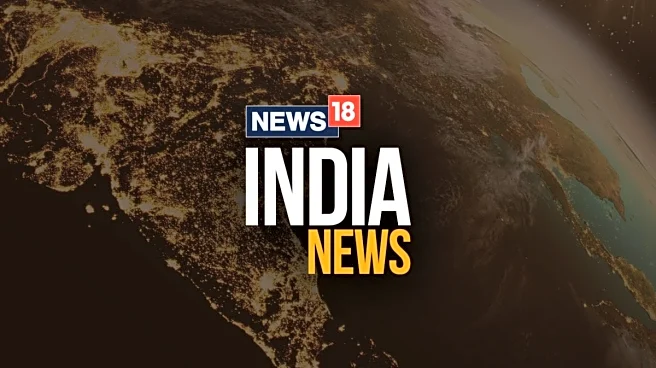“Pahado wali Maggi ki baat ki kuch aur hoti hai!” – This line sums up how some Maggie with a backdrop of mountainous view has become a must-have combo at hill stations. You must have come across those
posts or stories on Instagram where someone is holding a plate of Maggie against the majestic backdrop of tall peaks. That is how much this snack has become popular among visitors.
Recently, a social media post humorously captured this obsession. It showed a plate of steaming Maggi noodles with the caption “Entire GDP of Himachal and UK.” Here, UK stood for Uttarakhand.
Shared on X (formerly Twitter), the post mockingly suggested that the economic state of these hill states depends on instant noodles.
Entire GDP of Himachal and UK pic.twitter.com/0ZqbdGB79t
— Oxygen 💨 (@WhateverVishal) November 16, 2025
How ‘Maggie Tourist’ Came Into Focus
The post clearly caught people’s attention and sparked varied reactions. Many users responded humourously while others used the opportunity to point out the stereotype behind the noodles.
One user jokingly commented, “As Uttarakhandi, I object. Our GDP also includes momos. Don’t underestimate us.”
Another local shared, “This is so true, but as a pahari I can say we don’t even think of eating like this in our hometown. There are many other regional dishes with natural spices. It’s mostly to make a fool of people coming from the plains.”
But there was one comment that stood out as a sharp reply to the mocking tone of the post. “Maggi Tourist is a slur locals use to mock the bottom-tier domestic tourists who show up with a low budget and zero class,” the user wrote.
"Maggie Tourist" is a slur locals use to mock the bottom-tier domestic tourists who show up with a low budget and zero class. https://t.co/GiKG0pHUR9
— Shepherd🪽 (@SkullEmoji99) November 17, 2025
But What Exactly Is “Maggie Tourist?”
The term “Maggi tourist” is a slang expression used in parts of India especially in hill stations to describe a certain kind of traveller. These tourists are often seen with instant Maggi noodles because they prefer this quick meal over exploring local cuisine. The phrase sometimes has a mocking or derogatory tone as it points to tourists who are seen as unsophisticated, casual or noisy.
How Maggi Became Iconic In India
Maggi was created in Switzerland in the late 19th century by Julius Maggi. It became popular in India in 1983 when it was launched by Nestlé as a quick and affordable vegetarian-friendly meal. Over time, it became a cultural icon for domestic tourists, particularly in remote or mountainous areas.
The combination of Maggi and scenic hill stations created a stereotype where “Maggi tourist” is represented by someone who rely on this comfort food as their go-to snack during trips.
Typical Behaviour Of A Maggi Tourist
Typical Maggi tourist behaviour includes eating noodles in groups, talking loudly, stopping at roadside stalls and sometimes drinking along with their meal. While vendors welcome these tourists because they bring business, locals can be annoyed by the noise, litter and disruption to the calm vibe of the hill towns.
In places like Himachal Pradesh, Kashmir and Uttarakhand, some residents have expressed frustration at how rowdy tourist behaviour impacts the peaceful atmosphere.
Bollywood Notices Maggi Tourists
Even Bollywood has noticed the behaviour of Maggie tourists. While promoting her movie Dhak Dhak, Fatima Sana Shaikh in an interview said, “Wo log shopping bhi nahi karenge, kuch karenge bhi nahi. Daru ki bottle hogi and Maggi khayenge and then un dono ko wahi aise hi fek denge (They won’t do any shopping, won’t do much else. They will have a bottle of alcohol and eat Maggi and then just throw both away).”
In short, Maggi tourists are known for their loud, casual consumption of Maggi noodles in tourist areas.





/images/ppid_a911dc6a-image-176347362718297468.webp)



/images/ppid_59c68470-image-176338013592625940.webp)

/images/ppid_59c68470-image-176348002473722786.webp)



